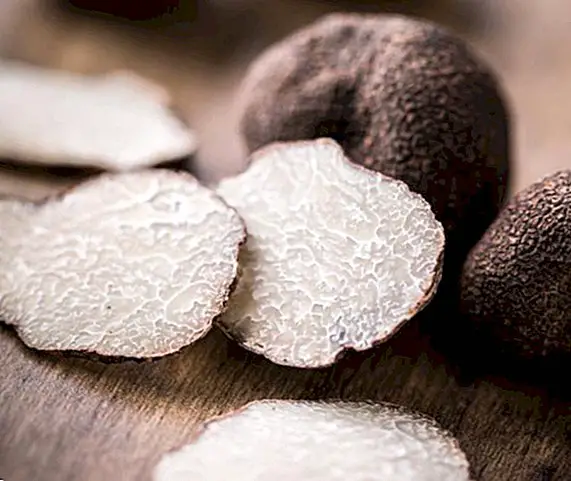Digestive vegetables: how to get it easily
Within the group of foods that can not be missing in a varied and balanced diet, and that in fact are part of the well-known food pyramid and also enjoy a very good position in the healthy Mediterranean diet, vegetables They stand out precisely because of their incredible nutritional richness and because of the different qualities that their regular consumption brings.
They are characterized by being the fruit of the legumes, specifically the seed contained in the different plants belonging to the Legume family. Its flesh is generally fluffy and white, usually have a long and compressed appearance, and are delicious in broths and stews. And among the most consumed legumes in our country, we can especially name the chickpeas, lentils, beans and beans.

However, despite their nutritional wealth and great versatility in the kitchen (that is, they can be cooked with a wide variety of foods and in a wide variety of recipes), they have a side effect that is not very desirable: legumes tend to be slightly digestive, which means that they usually produce slow or heavy digestions, and also annoying and uncomfortable gases.
Why do vegetables cause heavy gas and digestion?
During the process of digestion it is very common for legumes to cause the appearance of annoying and painful gases. But why? What causes this uncomfortable side effect? The cause must be found in its composition, specifically in the presence of sugars known by the name of oligosaccharides.
Oligosaccharides are large molecules that can not be absorbed by our small intestine. As a consequence, these sugars pass completely intact to the large intestine, where they become an excellent means of producing bacterial fermentation.
The bacteria present in our large intestine (we must remember that there live around 200 different colonies of bacteria that are part of our intestinal flora) tend to degrade the sugars, obviously producing the appearance of gases.

How to make the most digestive legumes
As with other folk remedies, it is true that every kitchen has its tricks. And in the case of make legumes much more digestive The same thing also happens.
On this occasion we propose four useful tips that, although they are not infallible at all, could help you when converting legumes into a more easily digestive food:
- Boiling that is gerund: before the usual cooking of the vegetables, and especially after having left them to soak for a few hours, a useful option is to put enough water in a saucepan or casserole and when it begins to boil add the vegetables, leaving them to boil for 5 minutes. Then, once this time has passed, you should throw the water and start with the normal cooking of the same. Although it will prevent the appearance of gases, this process has a disadvantage, which is that essential nutrients and nutrients will be lost.
- Extended cooking: Another advised option is to try to maintain a cooking much more prolonged in time, which will help the oligosaccharides to decompose, converting them into simpler sugars and therefore much easier to digest for our digestive system.
- Skin them: Another traditional trick to make legumes more digestive is to skin them once we have finished cooking.
- Add some digestive herb to the cooking water: when it comes to not causing gases and especially are much more digestive, a natural option that will also add flavor to the vegetables is to add some aromatic herb or a spice to the cooking water. You can choose laurel, cumin, thyme, anise or fennel seeds.

What if I do not?
These tricks may not be enough, especially if legumes usually cause damage to your digestive system. In these cases a solution is to opt for legumes that are more digestive, or that digest better, as for example is the case of lentils. This article is published for informational purposes only. It can not and should not replace the consultation with a Physician. We advise you to consult your Trusted Doctor. ThemesVegetables


